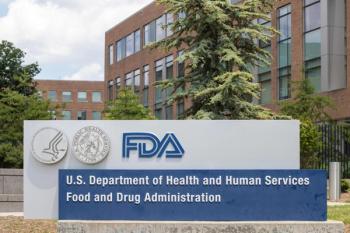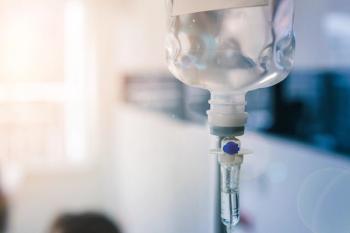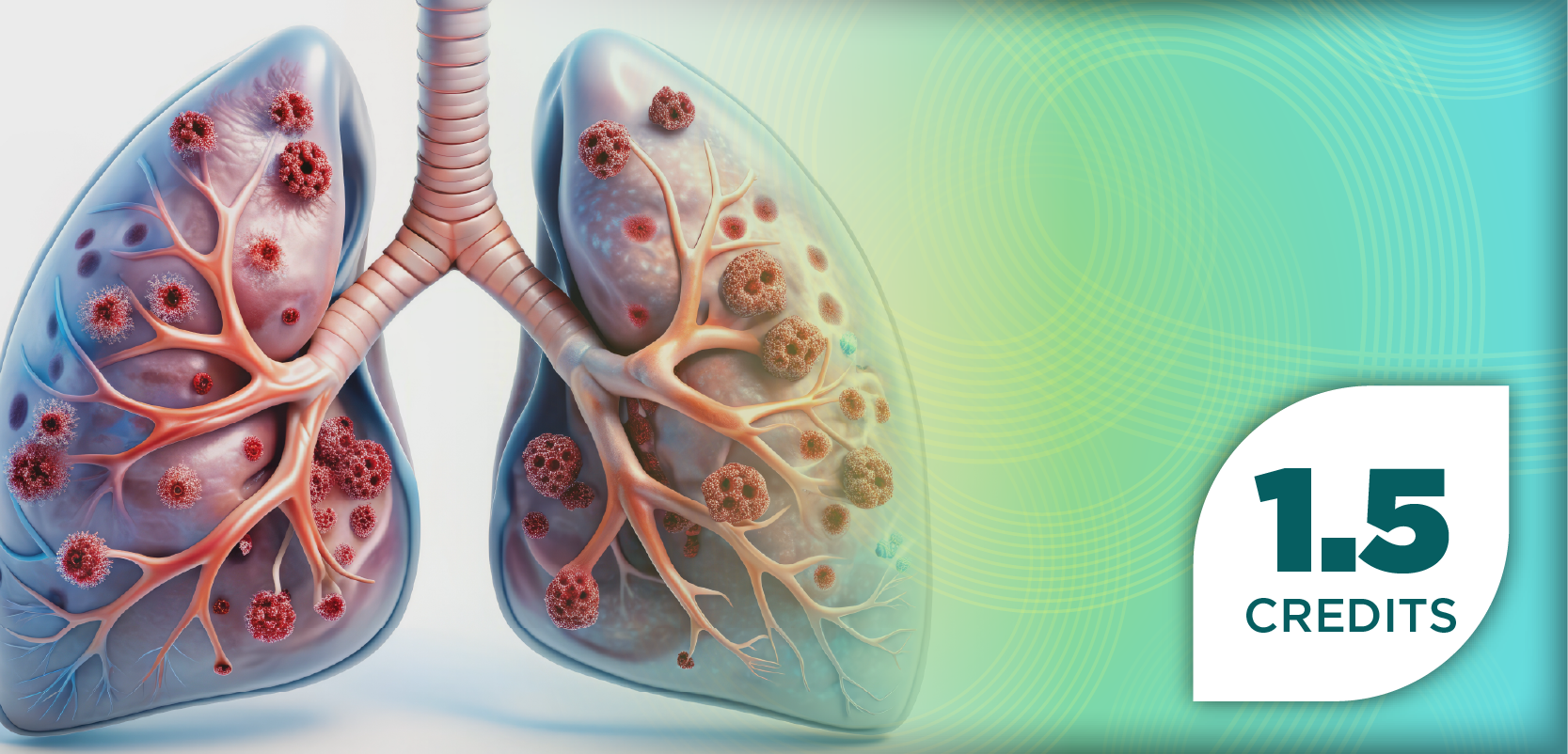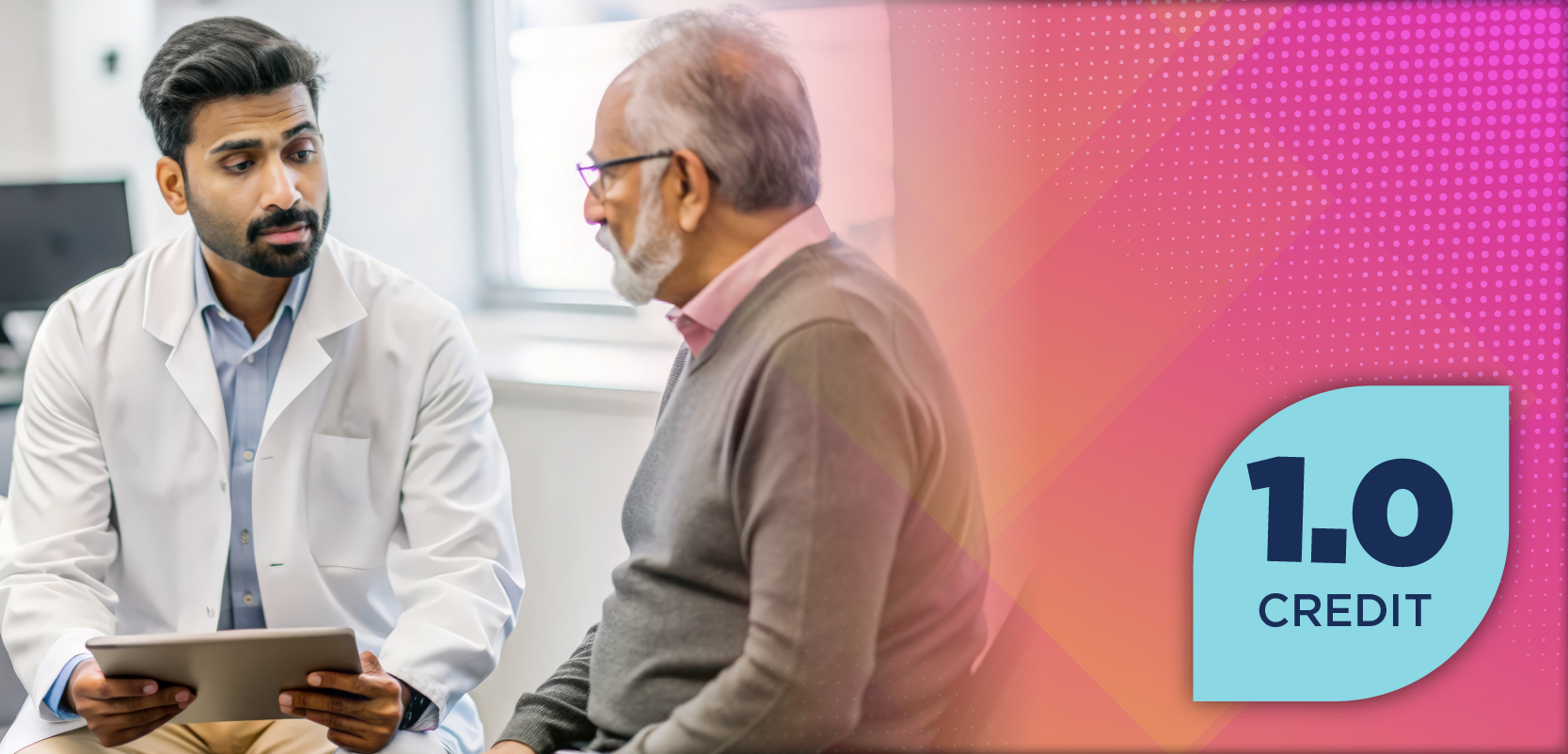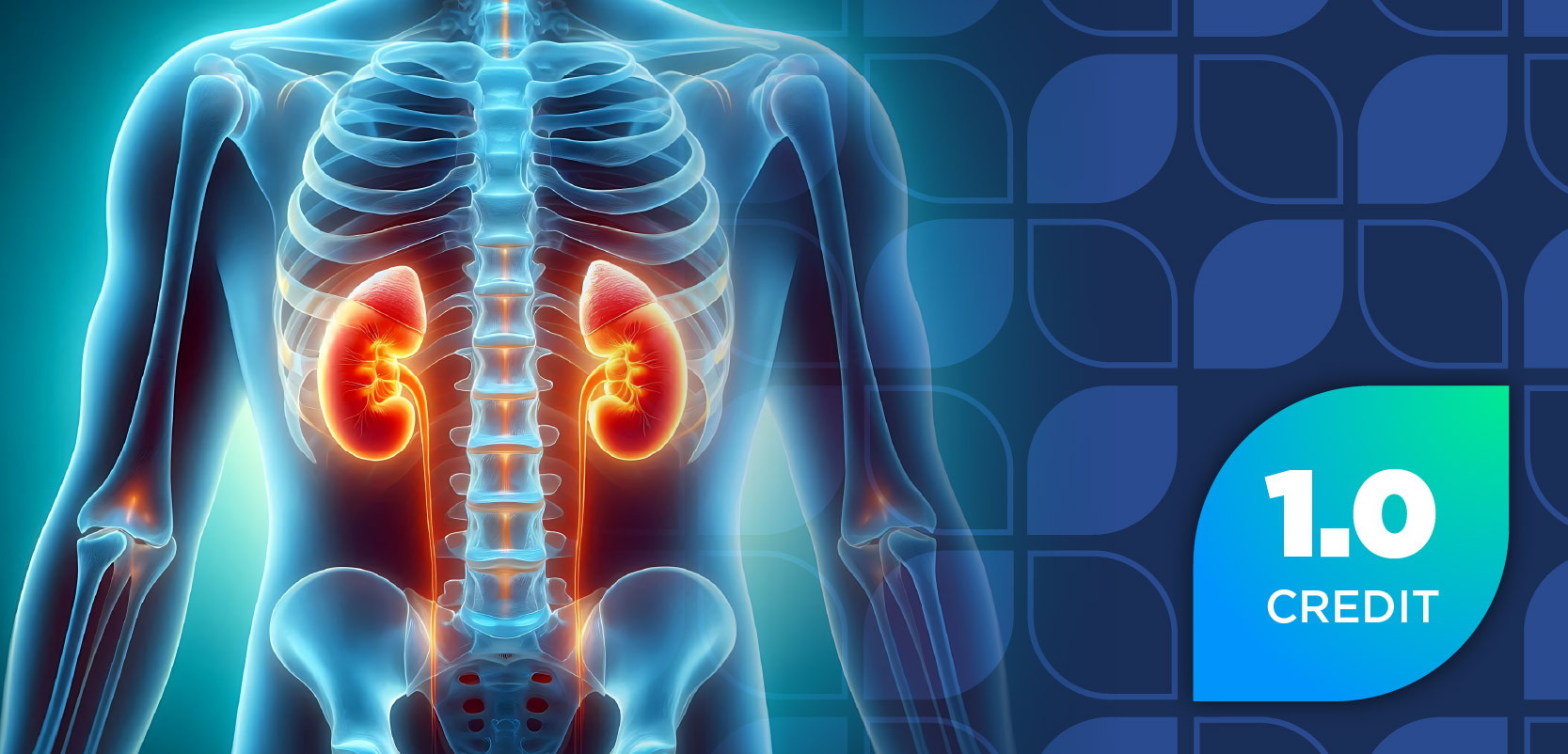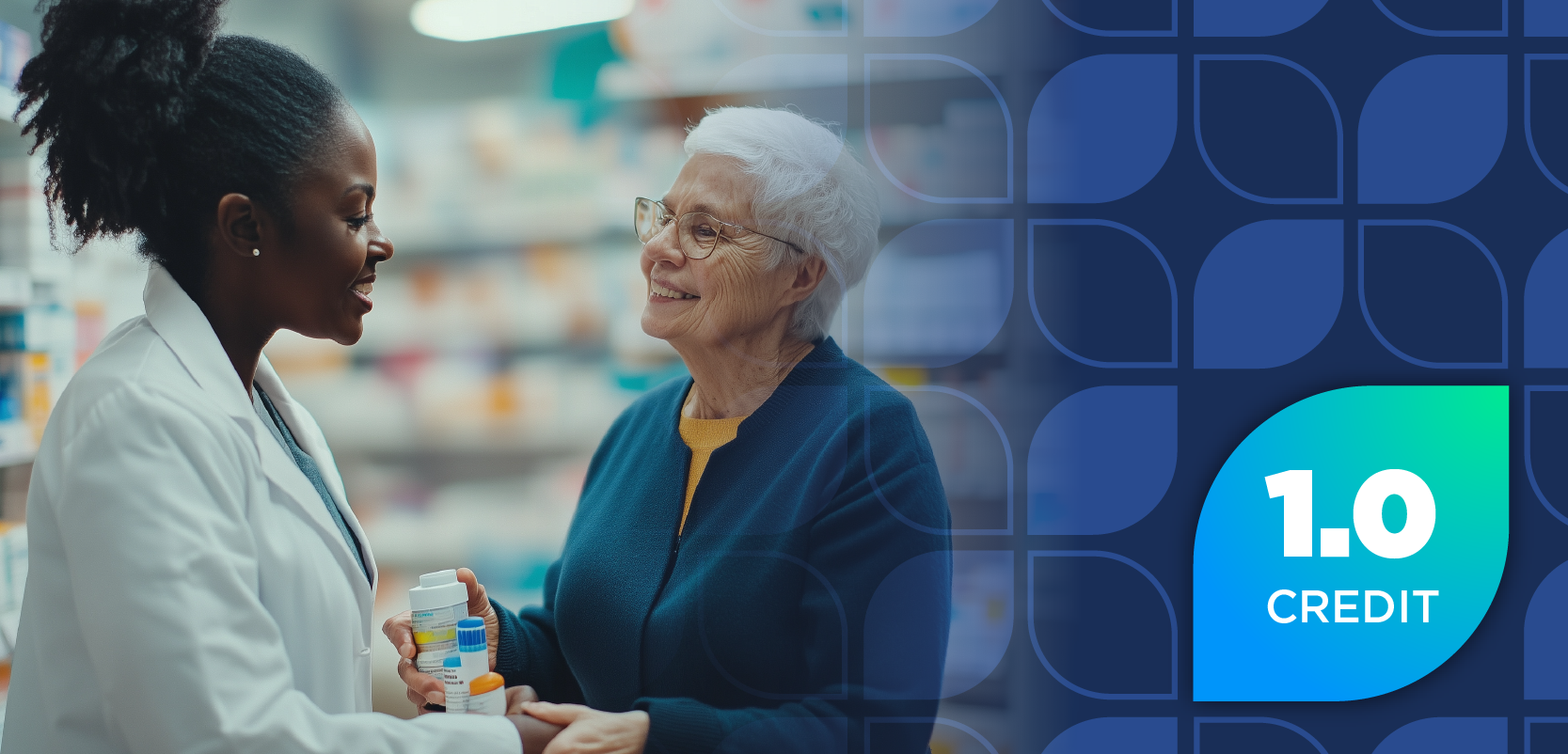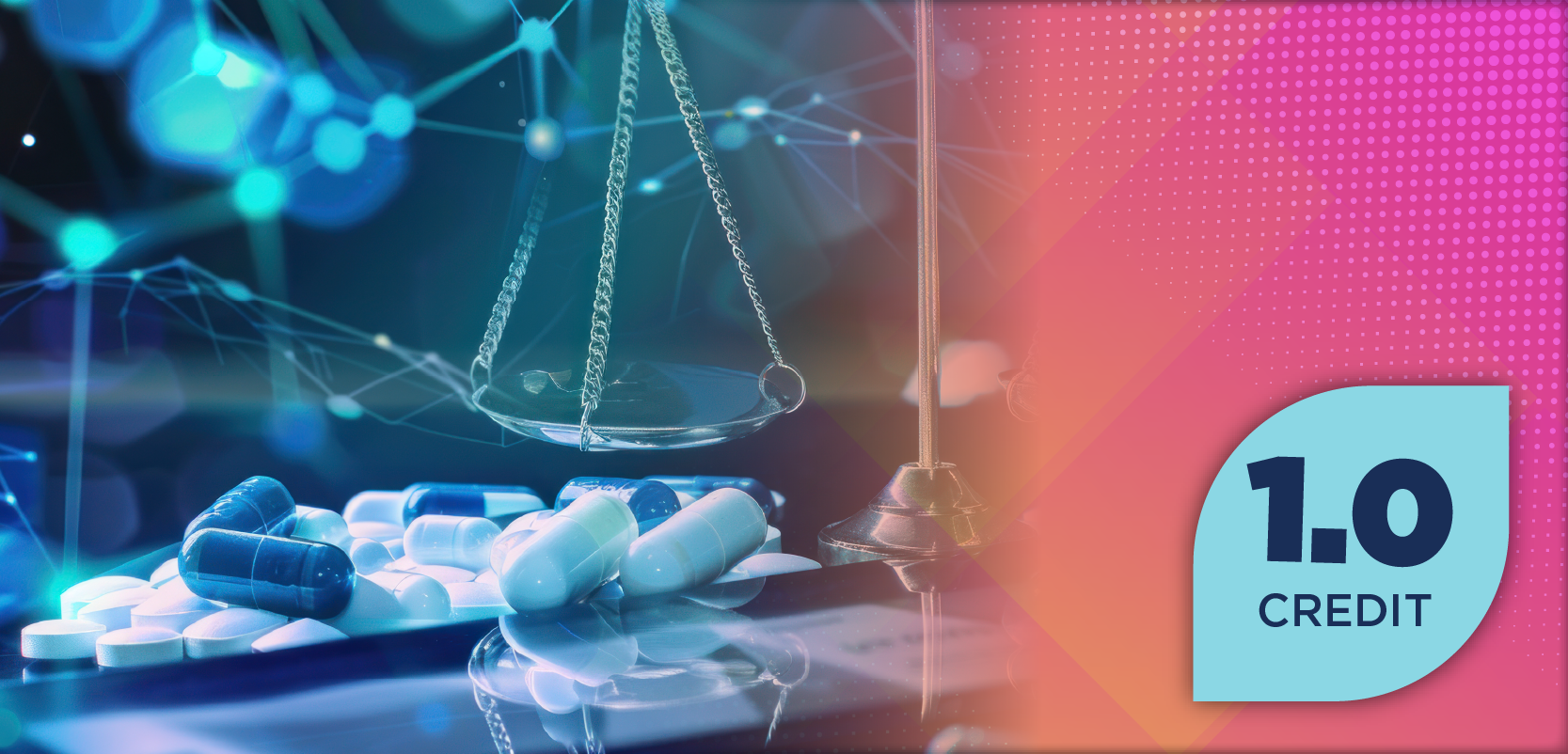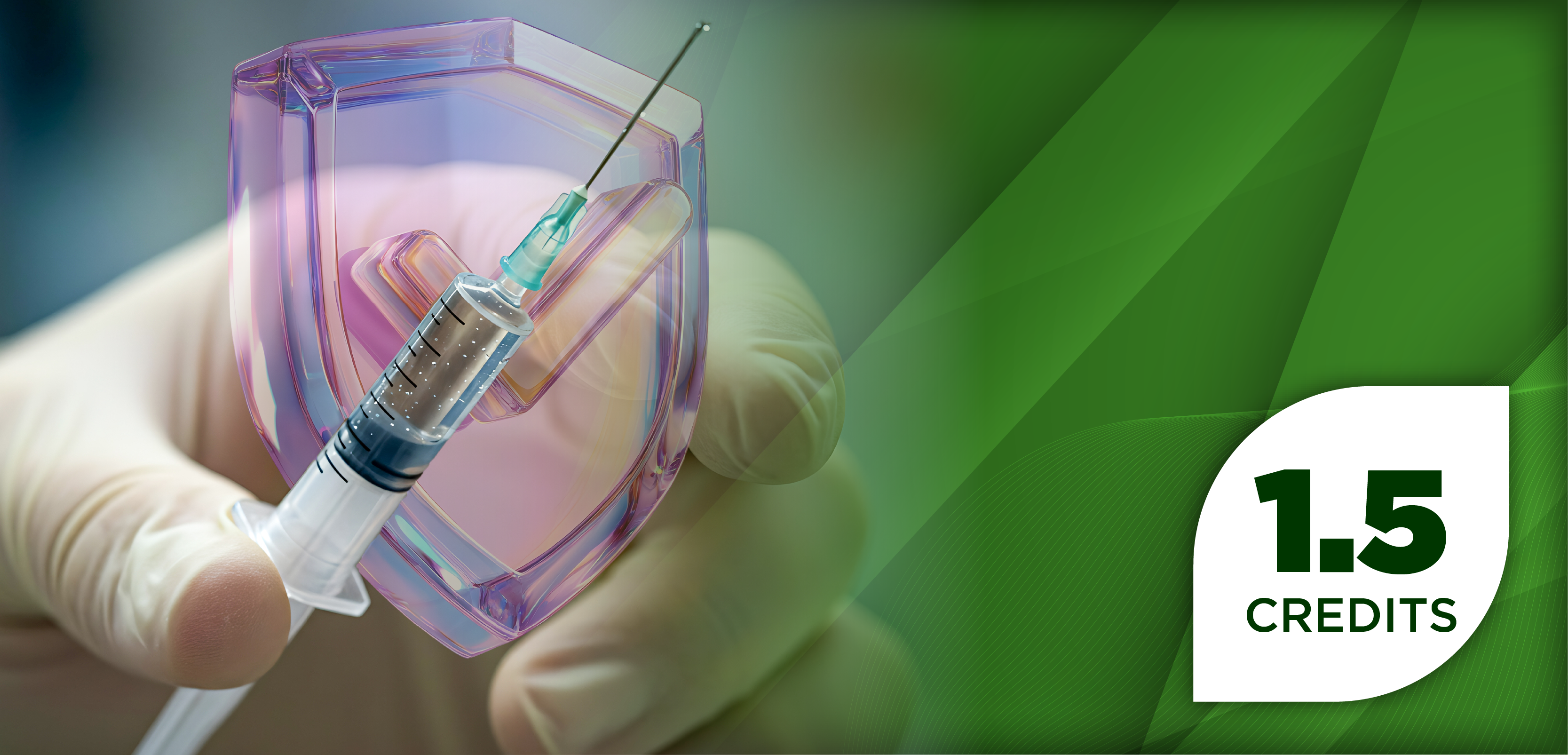Pharmacy Times: What can be expected throughout the administration of linvoseltamab, specifically regarding the step-up dosing strategy?
Key Takeaways
- Linvoseltamab features one of the gentlest step-up dosing regimens among BCMA bispecifics, benefiting older and frail patients.
- The REMS program ensures pharmacists, nurses, and clinicians are trained to safely administer linvoseltamab, enabling care outside major centers.
- Its accessibility and tolerability position linvoseltamab as a promising alternative to stem cell transplant and CAR T-cell therapy in broader clinical settings.
Sundar Jagannath, MD, MBBS: This is currently the easiest step-up dosing for a BCMA bispecific. It's given once weekly for the first 2 weeks, starting with 5 mg (about 1/40 of the full dose), followed by 25 mg (about 1/8), and then the full 200 mg. Each dose includes 24 hours of observation. If tocilizumab is given during the second step-up dose, it stays in the system for 7 to 10 days or more. So by the time the full dose is administered, the patient may not experience any reaction at all. The strategy is especially good for [older] or frail patients. Today, we even see 90-year-olds coming in with family to explore options. The treatments have improved so much that these patients are able to tolerate options like daratumumab. If they relapse, they’re ideal candidates for something like linvoseltamab. In the past, we used to rely on transplants, but that has its age limits—65 in Europe and maybe up to 75 in the US, according to Medicare. But transplant utilization is not high. Bispecifics like linvoseltamab are more widely accessible and better tolerated, which is what we need.
Pharmacy Times: How might the step-up dosing strategy and the REMS program influence how pharmacists prepare, dispense, or educate providers and patients about linvoseltamab?
Jagannath: Pharmacists are deeply involved now. The REMS program requires hospitals to ensure that infusion nurses, clinicians, and pharmacists are familiar with the drug. While REMS requirements have been somewhat relaxed, education remains crucial. At Mount Sinai, we often receive referrals from across the tristate area. Private oncologists will let us do the initial step-up dosing, then take over treatment. That means their teams also need to be educated. Compared with CAR T-cell therapy—which requires FACT [Foundation for the Accreditation of Cellular TherapyBank] accreditation and a cellular therapy infrastructure—bispecifics like linvoseltamab are much easier to implement in community settings. So I believe there will be greater uptake of bispecifics, thanks in part to their ease of use and the role of pharmacists in enabling that.


